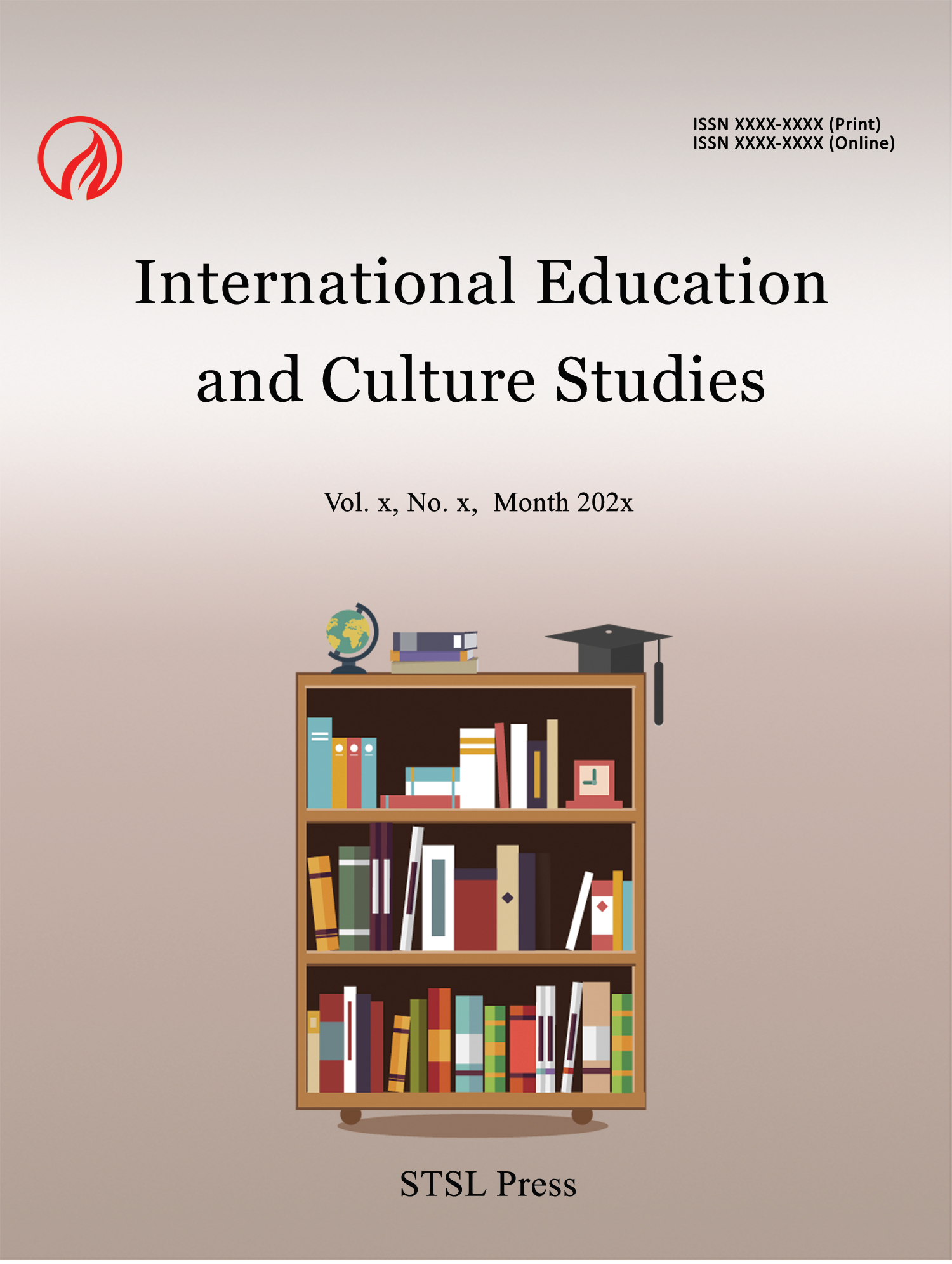Beyond the Framing Process: An X-Ray of Newspaper Reportage of Conflicts in Northern Nigeria
Sabiu Garba
Aondover Eric Msughter
Abstract
This study assessed the pattern of news framing of the Ombatse conflict in Nasarawa State from 2012-2015 in Daily Trust and Leadership newspapers to know whether the newspapers mediated in the mayhem through the application of framing ideology. The Ombatse is an Eggon cult-like ethnic-group laced with political agenda formed to influence the structure of power in the State in response to alleged marginalization of the Eggon people. The study employed four frames to measure the perspective of the media reports on the phenomenon. The study used census sampling technique in the selection of the specific dailies over the four year periods. News stories were the unit of analysis and the data gathering instrument was coding sheet. Data established that newspapers reported the conflict predominantly in negative patterns, painting a grotesque picture of the situation, thereby creating more tension in the state, especially during the massacre of over 100 federal security personnel at a time. The study concluded that at the time of the coverage, Nigerian newspapers did not mediate through positive framing patterns; instead, they created more tension. The study recommended that since the role of the media in conflict may either inflame or deflate passion toward the end of conflict, journalists should focus more on positive news reports, especially in a multi-ethnic, complex and, fragile country like Nigeria. Such positivity of media frames are germen in minimizing tension and resolving conflict amid mutual suspicion and fear for denomination.
Paper:
pdf
DOI:
https://doi.org/10.71002/iecs.v3n1p21
 This work is licensed under a
Creative Commons Attribution 4.0 License.
This work is licensed under a
Creative Commons Attribution 4.0 License.
Contact us
- Jerry Lee
- iecs@stslpress.org
